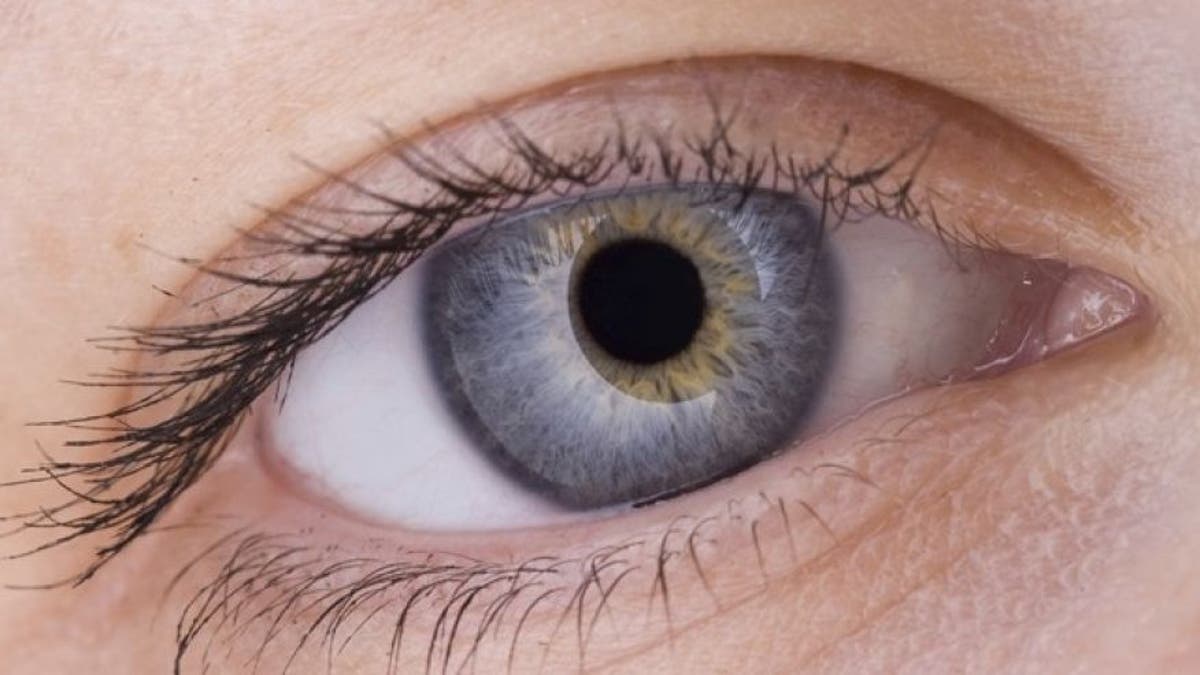
The case was detailed in the New England Journal of Medicine. (iStock)
It's incredibly rare and incredibly intriguing. A few people in the world have something called "blindsight," which describes their ability to subconsciously perceive their environments in spite of being blind.
A researcher in 2007 described the science of the phenomenon—the term was coined in 1974—in Scientific American: Our neural pathways enable us to determine what and where things are around us, essentially allowing us to see and interact with them.
If all those pathways aren't destroyed, and information still flows "through secondary neural pathways that bypass" the primary visual cortex, blindsight can result. "For some unknown reason, these secondary routes are not sufficient to maintain the feeling of sight," she writes, and yet our ability to interact is preserved.
A doctor provides a real-world hypothetical in the Guardian: Someone with blindsight has a letter to mail; though he cannot see or describe the mail slot, he can slide the letter right in it.
The BBC zeros in on Milina Cunning, a Scottish woman who lost her sight in her 20s and whose blindsight has been "extensively" studied. Less hypothetically, Cunning describes a test she participated in, in which she was told to walk through a hallway full of chairs; she repeatedly collided with them.
She was then instructed to do it again at a faster-than-normal pace—and says she didn't hit one. She says the neurologist explained to her that by not thinking about it, her subconscious was able to take over.
(This woman says a disorder caused her to make herself blind.)
This article originally appeared on Newser: She Lost Her Vision, but in Rare Phenomenon, Can 'See'
